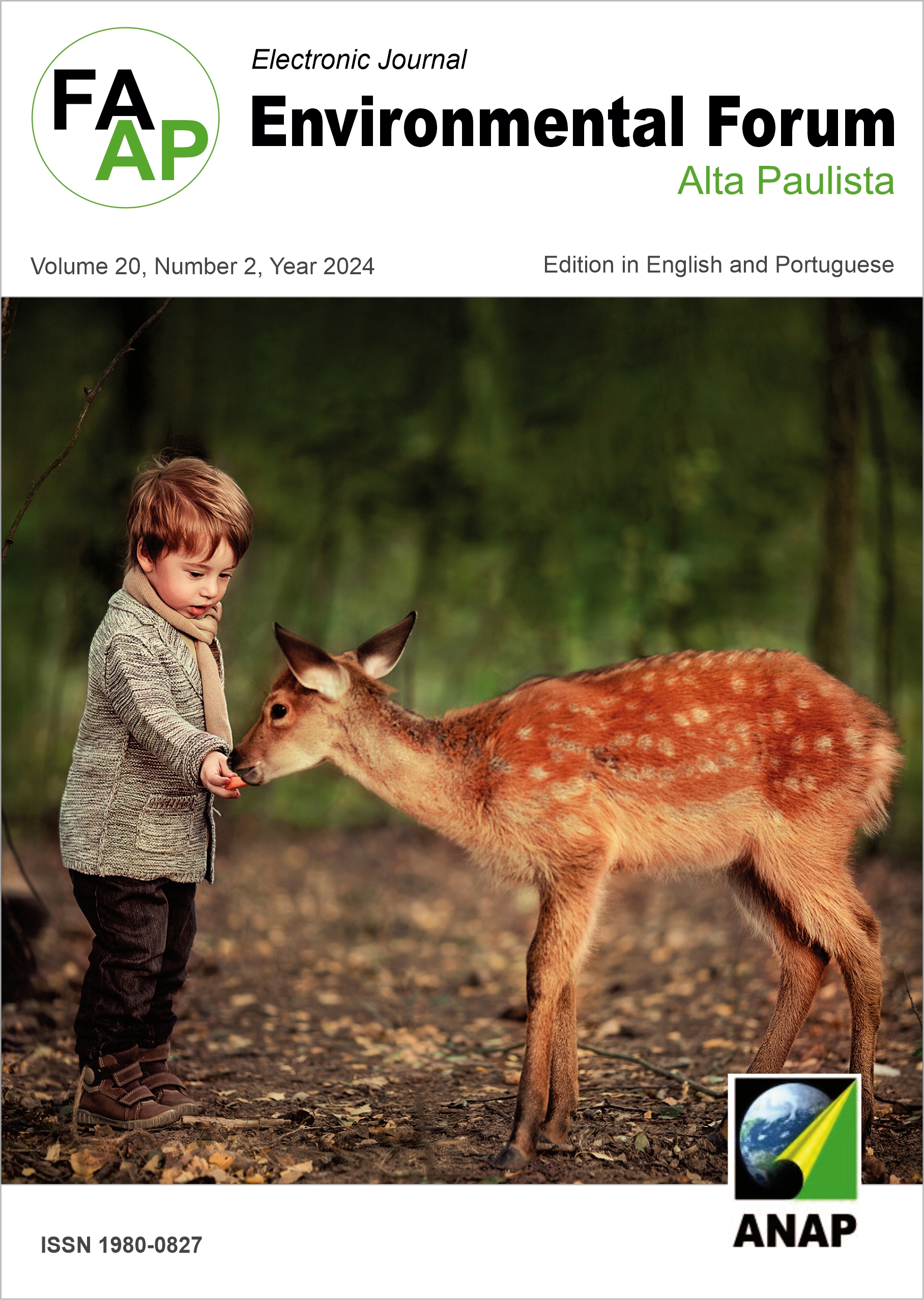Analysis of mass movement susceptibility through fuzzy logic in Itupararanga’s EPA (SP
DOI:
https://doi.org/10.17271/1980082720220245018Keywords:
EPA, mass movements, Mamdani, SusceptibilityAbstract
Considering the recurring events of mass movements and the complexity associated with their causality, as well as the severe socio-environmental consequences triggered by them, it is essential to predict the regions susceptible to this phenomenon. In this context, the objective of this study was to develop a method for analyzing susceptibility to mass movements, implemented in the region of Itupararanga’s Environmental Protection Area (EPA), through the creation of a Mamdani-type Fuzzy inference system. Satellite images and other spatial data were used to create the environmental, pedological, and topographic subsystems, which generated a final output used to classify susceptibility into categories of: very high, high, moderate, low, and very low. The results indicate that areas with higher potential flow index and soil saturation showed higher susceptibility. Additionally, the presence of vegetation and soil type were also determining factors. The final susceptibility map highlighted areas in the north/northwest and south/southeast as highly susceptible to these events, while other regions showed moderate susceptibility. This study provides valuable information for the planning and proper management of areas vulnerable to mass movements.
Downloads
Downloads
Published
Issue
Section
License

This work is licensed under a Creative Commons Attribution-NonCommercial-ShareAlike 4.0 International License.












